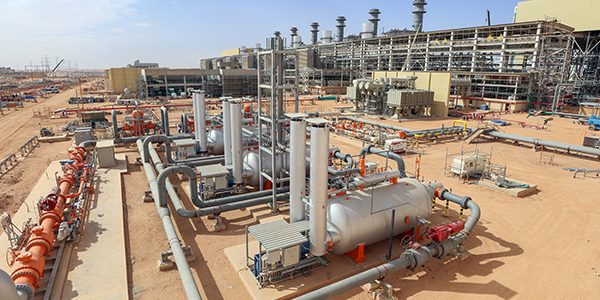PJM energy prices were lower in the first half of 2020 than any first six-month period since the creation of the RTO’s markets in 1999, according to a report issued Thursday by the Independent Market Monitor.
Monitoring Analytics’ 2020 State of the Market Report for the second quarter said energy prices in the RTO were already among the lowest in its history in the first six months of 2019, coming in at $27.49/MWh. But the report found the load-weighted average real-time LMP was 29.4% lower in the first six months of 2020, at $19.40/MWh.
Monitor Joe Bowring attributed the $8.09/MWh decrease to lower fuel costs, which made up 51.3% of the lower number. The second major contributor to the decline in energy prices cited by the Monitor was a significant decrease in demand because of mild winter temperatures throughout the region and the stay-at-home orders arising from the COVID-19 pandemic.
PJM load was down cumulatively by 5.9% compared to the first six months of 2019, the report said, and down 4.5% on a weather-normalized basis. Energy prices in PJM were set by units operating at or around short-run marginal costs, the report said, providing evidence of “generally competitive behavior and competitive market outcomes.”
Theoretical net revenues decreased for all generating unit types in the first half of 2020 compared to 2019 because of lower energy prices, the Monitor said, with theoretical net revenues decreasing by 26% for a new combustion turbine, 29% for a new combined cycle unit, 91% for a new coal unit and 31% for a new nuclear plant.
The trend toward more energy from natural gas and less from coal in PJM continued to accelerate in the first six months of 2020, the Monitor found. The share of total energy produced from coal fell from 24.8% in the first six months of 2019 to 17.6% in 2020, while the share of natural gas increased from 33.8% to 39.4%. The capacity factor of coal units also fell from 30.9% to 22.1%.
Total energy uplift charges decreased by $13.7 million, or 37.3%, from $36.7 million in 2019 to $23 million in 2020, the report said. Total congestion costs decreased by $74.8 million, or 29.4%, from $254.1 million in 2019 to $179.3 million in 2020.
The report said total auction revenue rights (ARRs) and self-scheduled financial transmission rights revenues offset 138.8% of total congestion costs for the 2019/2020 planning period because FTR bidders paid more in the auctions than actual day-ahead payments for the same paths.
The Monitor said the goal of the FTR market design should be to ensure load has the rights to 100% of congestion costs. “When there are binding transmission constraints and locational energy price differences, load pays more for energy than generation is paid to produce that energy” the report said. “The difference is congestion. Congestion belongs to load and should be returned to load.”





